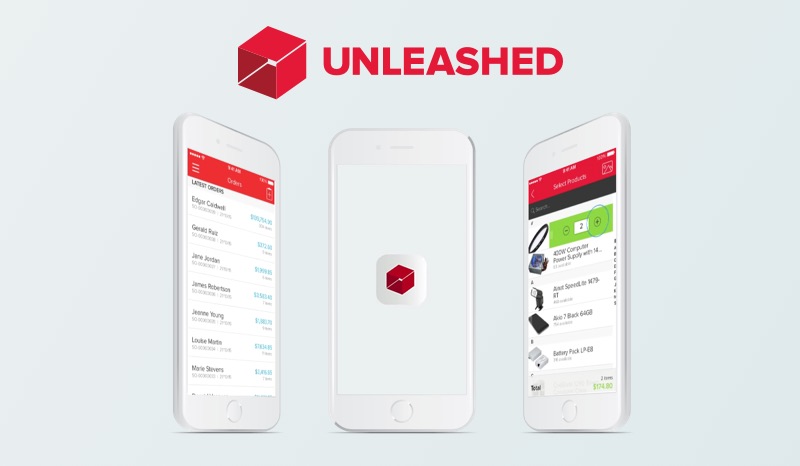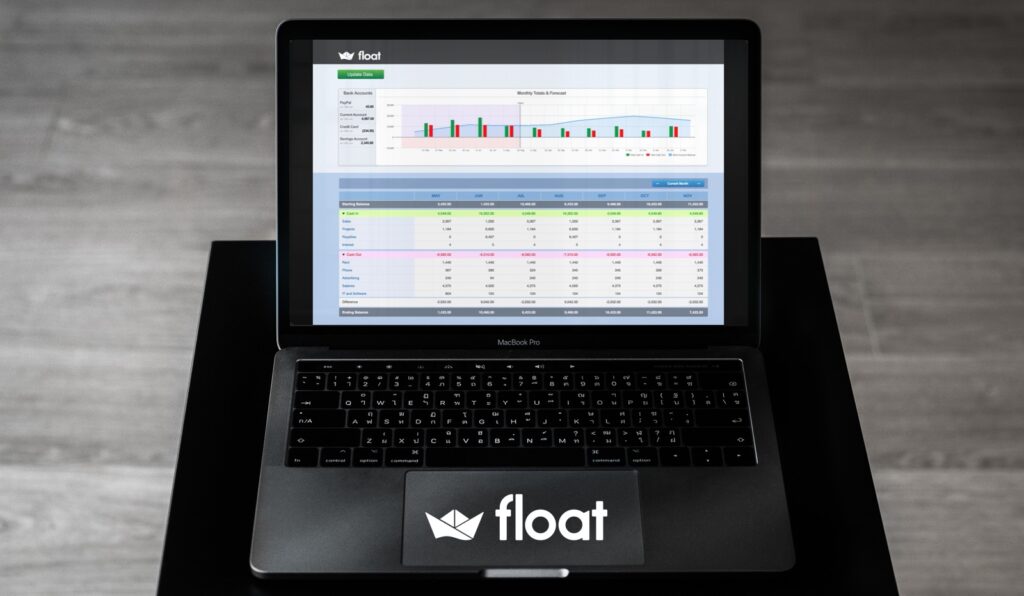Most GST errors are unintentional. Even so, they can have a big impact on your business as they may result in you paying too much, or not enough, GST.
Whether you file the GST return yourself or whether you use our services, it’s useful to understand some of the most common errors that can happen. So, here are some tips to help you avoid the most common GST mistakes.
Before filing your GST Return
If you file GST on Payments basis you will be filing GST based on when you have paid or received money, so it’s important that you:
- make sure that all transactions going through your bank account have been allocated to the correct expense or income account in your accounting software
- reconcile all bank accounts and credit cards to verify that the actual bank account balance matches the balance in your accounting software. This ensures that you haven’t missed or duplicated any transactions.
If you file GST on Invoice basis you will be filing GST based on the date of your customer invoices and supplier bills, so you need to:
- make sure that all customer invoicing has been done in your accounting software for the GST period
- enter all supplier invoices that are dated in the GST period into your accounting software as bills to pay
- record any cash purchases and income
- reconcile all your bank accounts (as above) to make sure that you have captured all income and expenditure
- Enter any expense claims to account for any business expenses paid with personal funds
Preparing your GST return
Prepare your GST with plenty of time to manage cash flow obligations ahead of the GST payment due date. Set aside time to review the GST reports. Have a look through the detail or audit reports to double check their accuracy and to ensure that you haven’t inadvertently claimed GST on something that shouldn’t have GST in it.
Here are some of the most common GST errors we see:
- Are you GST registered? Sounds obvious but you can’t add GST to your invoices or claim GST on purchases if you are not GST registered. You have to be GST registered if you carry out a taxable activity and your turnover was $60,000 or more in the last 12 months or will be $60,000 or more in the next 12 months, or if your prices include GST.
- Bank fees, interest and credit card commissions, Stripe and PayPal fees (financial transactions) and donations are not subject to GST
- Check overseas purchases — many well-known online vendors are now registered for GST in New Zealand, however many of the smaller overseas vendors may not be. Always refer back to the invoice or receipt to verify.
- Payment gateway services may have GST on their equipment rental fees but not on the commission that they charge on every transaction. Again, refer to their invoice to verify.
- Business insurance is claimable as a GST expense (but not your own personal or life insurance). Check with us if you’re not sure what’s claimable.
- If you have bought a vehicle or asset you can claim the GST on the purchase but make sure you haven’t double-claimed GST on both the purchase and the repayments. Talk to us when you are purchasing assets such as cars and equipment to ensure they are treated correctly from an accounting perspective.
- Check the GST registration of any contractors you pay and check that you have not claimed GST if they are not registered.
- Check that transfers between bank accounts do not have GST included.
- Although your business may purchase goods and services for private use, you may not claim GST on these.
Remember, you need a valid tax invoice for every business purchase over $50.00 including GST. Depending which accounting software you use, there may be other checks and balances to undertake to ensure the accuracy of your reports.
Once you’re happy with the accuracy of your return, lock the GST period so that any changes to a filed period are restricted or tracked (some software packages will do this as part of their finalising and filing process).
Filing your GST return with Inland Revenue
Filing due dates are usually the 28th of the month following the end of the GST period. The exceptions are at Christmas – November GST returns are due on 15 January – and at the end of the financial year – the March GST return is due on May 5th.
Many accounting software packages now include the option to file direct to IRD through their software which saves a lot of time and duplication of entry and reduces the chance of human error.
In all cases you will need an IR login as paper returns are a thing of the past now and filing needs to be done online.
Paying your GST to Inland Revenue
If you are manually entering your GST information into the IRD’s online form you can also choose to pay your GST by direct debit. If you want to wait until the due date to pay it then remember to select the correct date at the time.
Otherwise you can easily pay GST through your internet banking. Ensure you select the right tax type (GST), enter the correct IRD number, and the correct filing period so that it is applied correctly.
You can also go into a Westpac branch and pay any of your taxes with their tellers.
Most New Zealand businesses have the option to file GST on a monthly, 2-monthly, or 6-monthly basis. Unless you are diligent about putting money aside for GST and keeping your records up-to-date, a monthly or 2-monthly GST cycle may suit best.
In summary
There are many more potential issues with GST, but these are the most common and easily fixed.
If you understand your GST obligations, use accounting software and keep on top of your bookkeeping, you will find that managing your GST can be a relatively simple process.
Ask us for advice, if you are unsure about your GST position.



